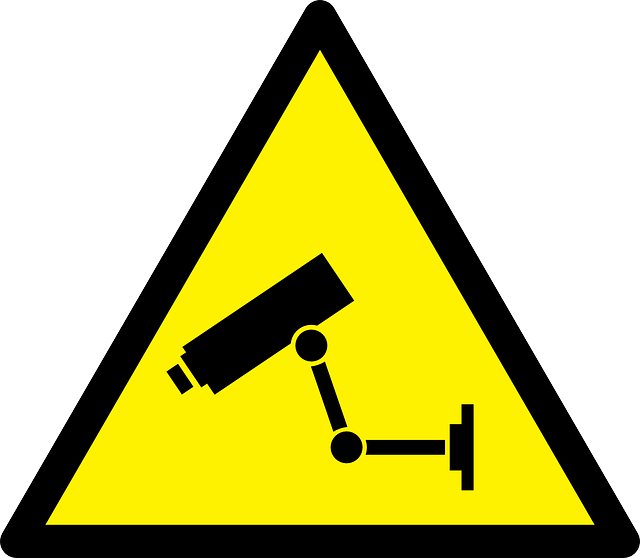License Plate Recognition (LPR) technology is a powerful tool for modern vehicle tracking systems, offering enhanced security and streamlined traffic management. Powered by computer vision and machine learning, LPR accurately identifies vehicles from camera feeds, with applications in traffic monitoring, enforcement, access control, and fleet management. Its versatility, handling diverse plate formats, makes it an essential component of efficient surveillance system installation and operations. Strategic camera placement, data protection, and tailored algorithms are key to successful implementation.
License plate recognition (LPR) technology is transforming vehicle tracking, offering unprecedented accuracy and efficiency. This article delves into the intricacies of LPR, exploring its capabilities and benefits for enhancing security and traffic management. From understanding the underlying algorithms to examining the pivotal role of surveillance system installation, we uncover why LPR is a game-changer in modern transportation. Learn about best practices and discover how effective implementation strategies can optimize tracking accuracy, improve safety, and streamline operations.
Understanding License Plate Recognition Technology
License plate recognition (LPR) technology plays a pivotal role in modern vehicle tracking systems, enhancing security and simplifying traffic management. This advanced capability allows surveillance systems to identify and track vehicles by reading their unique license plates, offering immense potential for various applications. From traffic monitoring and enforcement to access control and fleet management, LPR is transforming how we perceive and interact with transportation.
At the heart of this technology lies sophisticated computer vision and machine learning algorithms that analyze images or video feeds from cameras to decode plate characters. The process involves capturing high-resolution plates, segmenting them from background clutter, and applying character recognition algorithms to extract plate numbers accurately. With continuous advancements in artificial intelligence, LPR systems are becoming increasingly robust, capable of handling various plate formats, fonts, and even partial or obscured plates, making them invaluable for efficient surveillance system installation and beyond.
Benefits of Implementing LPR for Vehicle Tracking
Implementing License Plate Recognition (LPR) technology for vehicle tracking offers a multitude of benefits, enhancing both security and efficiency in various sectors. One of its primary advantages is improved accuracy and speed in identifying vehicles, allowing for efficient traffic management and monitoring. This real-time data enables authorities to swiftly respond to incidents, manage congestion, and track down unauthorized or stolen vehicles.
Moreover, LPR systems integrate seamlessly with existing surveillance infrastructure, facilitating a comprehensive monitoring solution. This integration can be particularly valuable for transport hubs, parking lots, and secure facilities, where continuous vehicle tracking is essential. With its ability to process vast amounts of license plate data, LPR streamlines operations, reduces human error, and provides a powerful tool for law enforcement and security professionals.
The Role of Surveillance System Installation in LPR
The integration of License Plate Recognition (LPR) technology with surveillance system installation has significantly enhanced vehicle tracking capabilities. A well-designed surveillance system acts as a robust framework for LPR by providing high-resolution camera feeds and real-time data transmission, ensuring accurate plate reading. This setup enables efficient tracking of vehicles entering and exiting specific areas, enhancing security measures.
Surveillance system installation plays a pivotal role in optimizing LPR performance by strategically placing cameras to capture clear images of license plates from various angles. Advanced installation techniques, including the use of pan-tilt-zoom (PTZ) cameras and dynamic focusing algorithms, further improve accuracy and reduce false positives. Consequently, these integrated systems have become indispensable tools for traffic management, law enforcement, and private security operations.
Best Practices and Considerations for Effective LPR Implementation
Implementing License Plate Recognition (LPR) for vehicle tracking requires careful planning and best practices to ensure accuracy and efficiency. One key consideration is data quality; clear, well-lit images of license plates are essential for effective LPR. This includes ensuring proper camera placement, often involving surveillance system installation in strategic locations to capture sharp, unobscured views of vehicles entering or exiting an area. Regular cleaning and maintenance of cameras, as well as the use of high-resolution imaging technology, can significantly enhance data accuracy.
Privacy and ethical implications are also crucial aspects of LPR implementation. Strict protocols should be in place to protect sensitive information, such as encrypting data storage and limiting access to authorized personnel only. Additionally, transparency about the surveillance system’s operation and purpose can help alleviate public concerns. Customizing LPR algorithms for specific local plate formats and regularly updating them ensures compatibility with evolving vehicle registration standards, enhancing the overall effectiveness of the tracking system.
License plate recognition (LPR) technology offers a powerful solution for efficient vehicle tracking, enhancing safety and security measures. By implementing LPR systems, organizations can leverage the benefits of automated data capture, improved accuracy, and real-time monitoring. The integration of a robust surveillance system installation plays a pivotal role in ensuring the success of LPR deployment, allowing for comprehensive vehicle management and enhanced operational efficiency. Adhering to best practices and considering crucial factors during implementation will unlock the full potential of this innovative technology.
